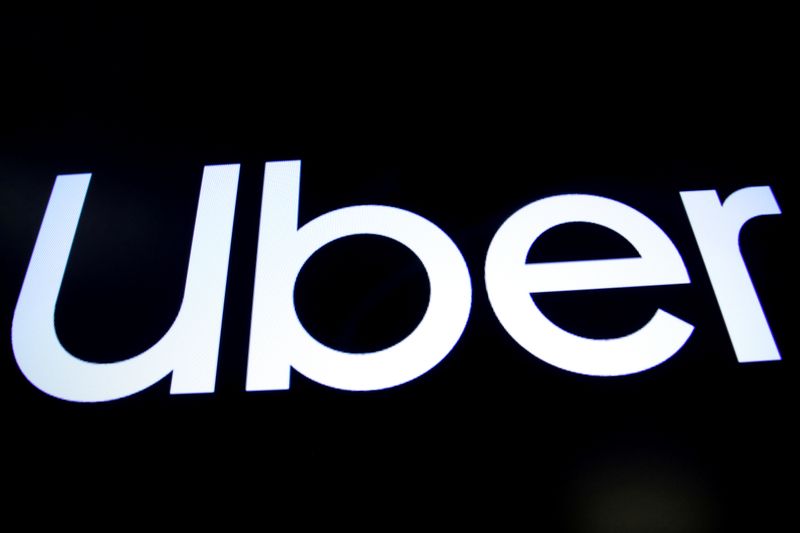(Reuters) - Shares of Uber Technologies Inc (N:UBER) rose on Friday after the ride-hailing company laid out an ambitious plan to be profitable by the end of 2020, a year ahead of its previous target as it tries to squash Wall Street doubts over its long-term viability.
Uber shares, which were down almost 50% percent at the end of last year from its public launch, jumped 7% in trade before the bell as investors were also smitten by the company's aggressive plan to cut costs.
Chief Executive Officer Dara Khosrowshahi is also aiming to bring in more repeat-customer business and try to increase use of premium ride services.
"We give Uber (and its board) major credit for finally listening to investors and putting the brakes on its 1980's Rock Star-like spending habits," brokerage Wedbush Securities said.
Khosrowshahi has been trying to change the company's image since replacing co-founder Travis Kalanick in 2017 after a series of complaints over his behavior.
"(We) believe the focus on quality bookings shows discipline as Uber emphasized the era of growth at all costs is over," analysts at JP Morgan said.
At least 10 brokerages raised price targets after Uber posted quarterly results that beat estimates.
Shares are up at $39.51 in pre-market trading.
Still, some analysts remained skeptical about Uber's investments in the highly competitive food delivery market, which it moved into just a few years ago.
Eric Ross, an analyst at Cascend Securities, said he preferred the stock of Uber's smaller ride-hailing competitor, Lyft Inc (O:LYFT) because it does not invest in expensive side projects.
Uber has vastly diversified its business over the past five years.
While the company has pulled out of food delivery in some major emerging markets to cut costs, it is also developing self-driving cars, working on long-haul trucking operations and even planning commercial passenger drone shuttles.

Uber is also facing regulatory probes over the classification of its drivers for its Rides business as freelancers when they are effectively working full-time for the company and still expects a loss of more than $1 billion this year.